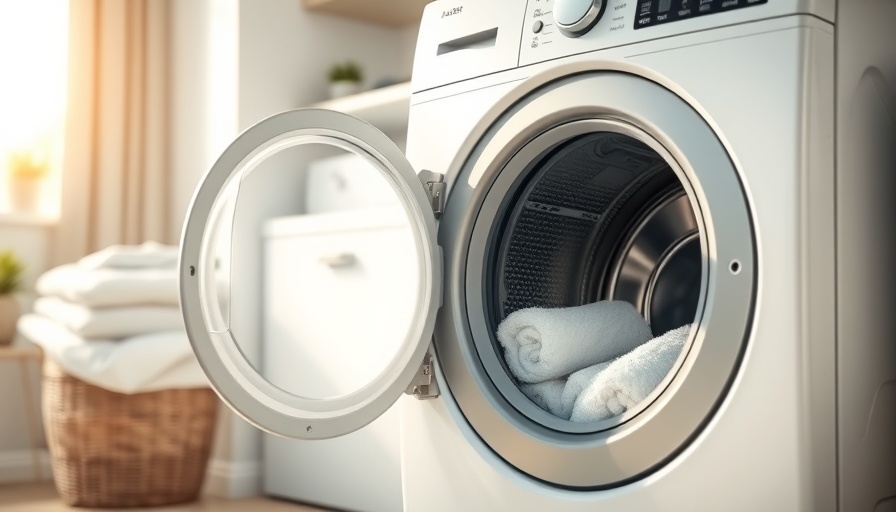
Why Whiten Towels and Linens with Bleach?
Whitening towels and linens is not just an aesthetic choice; it's a matter of hygiene. Over time, even the whitest items can develop a dingy, yellowish hue, making them look worn and stale. Bleach emerges as a powerful ally in your laundry endeavors. It doesn’t just promise brightness; it also disinfects and removes stains, ensuring your textiles are fresh and safe for use. But as much as bleach has its merits, using it safely is paramount—especially if you want to keep your linens and towels in pristine condition.
Understanding Bleach: The Basics
Before embarking on your bleaching journey, it’s essential to understand what you’re dealing with. Household bleach, or sodium hypochlorite, is a chemical compound renowned for its stain-lifting qualities. What many don’t realize is that not all fabrics can withstand bleach. For instance, colored fabrics are often a big no-no unless they are specifically labeled as bleach-safe. Fortunately, most white cotton linens and towels can handle a little bleach love.
Preparing Your Towels for Bleaching
Preparation is key to achieving that desired brightness without risking your fabrics. Start by sorting your towels and linens. Make sure everything you’re treating is colorfast and made from bleach-friendly materials. Next, check the care labels—your trusty guide in the laundry universe. If your linens sport any stains, pre-treat them with a stain remover before you even think about applying bleach. It’s like setting the stage for a great performance!
Bleaching Process: Step by Step
So, you’re ready to tackle the bleaching process. Here’s a straightforward guide to follow:
- Dilute the Bleach: Never use bleach straight from the bottle. Mix one cup of bleach with a gallon of water. This dilution maximizes effectiveness while minimizing fabric damage.
- Soak the Towels: Place your towels in the bleach solution and allow them to soak for about 5 to 10 minutes. Keep an eye on them! Over-soaking can weaken fibers.
- Wash Thoroughly: After soaking, wash your towels on the hottest setting recommended by the care label. Add a normal amount of your favorite laundry detergent.
- Rinse Well: Rinse your towels thoroughly to remove all bleach residues, which can lead to irritation on your skin.
Post-Bleaching Care: Keeping That White Streak Alive
Congratulations! You’ve successfully whitened your towels and linens. But the journey doesn’t end here. To maintain that brightness, consider using vinegar in your rinse cycles. Vinegar acts as a natural fabric softener and helps in neutralizing any leftover bleach. Additionally, always dry your linens in the sun when possible. Not only does this help keep them white, but it’s also an eco-friendly alternative!
Common Misconceptions: The Truth About Bleach
Many people fear that using bleach will ruin their fabrics permanently. However, when used properly, bleach can enhance the longevity of your linens by preventing mildew and bacteria buildup. It’s all about striking a balance between correct dilution and exposure time. Remember: safer practices lead to brighter results!
Frequently Asked Questions
Can I bleach colored towels?
Only if they are specifically labeled as bleach-safe. Otherwise, opt for oxygen bleach, which is gentler.
Once every few washes is generally safe. Overuse can weaken fibers and lead to unwanted damage.
Conclusion: The Bright Side of Linen Care
Maintaining the brightness of your towels and linens doesn’t have to be daunting. By integrating safe bleaching practices into your laundry routine, you can enjoy fresh, clean, and vibrant textiles for years to come. So next time you’re about to toss those towels in the wash, don’t shy away from bleach—embrace it! Remember, a little care goes a long way, ensuring your linens look as good as they feel.
 Add Row
Add Row  Add
Add 



Write A Comment